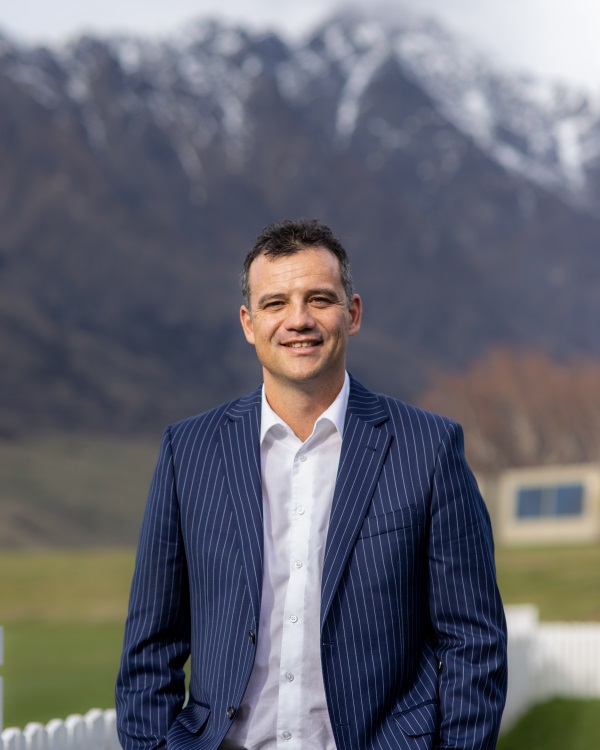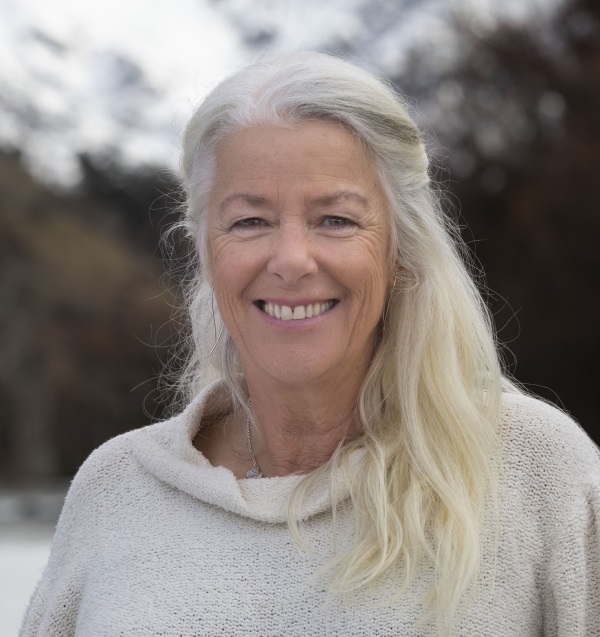National’s ‘once-over-lightly[ Q’town policy accused of missing mark
Public and active transport advocates have slammed National’s $100 million pledge for Queenstown’s roads, calling it a ‘‘once-over-lightly-policy’’ that will continue to pour cars into a resort already bursting at the seams, and add to poor health for people and the environment.
Queenstown-based Southland MP Joseph Mooney recently announced if National makes government ‘‘it will allocate $100m over 10 years to the Queenstown region from its Transport for the Future programme to deliver roading improvements and upgrades’’.
‘‘The Queenstown-Lakes district is the fastest-growing region in New Zealand.
‘‘With an increasing population and high visitor numbers, it’s important that we invest in the roading network and deliver the infrastructure this part of the country desperately needs,’’ Mooney says.
But Otago Regional councillor and public and active transport committee co-chair Alexa Forbes says the announcement is light on detail.
‘‘I notice Joseph uses the words ‘roading improvements’ and I don’t quite know what he means by that, [or by] ‘deliver the roading network’.
‘‘Are these improvements to enable the private car, or are these improvements aimed at enabling much easier active and public transport?
‘‘Otherwise it’s just a number that means absolutely nothing.’’
Mooney says the announcement is ‘‘not at that level of detail yet … but frankly we need roads, with more electric vehicles … they need roads’’.
Forbes says ‘‘more roads always means more cars’’.
‘‘It is pointless for us to try and increase capacity for private cars.
‘‘We don’t have the space, we don’t have the carbon budget, we cannot continue to keep piling cars into … tiny, geographically constrained Queenstown.’’
Forbes, a Frankton resident, says more holistic solutions are needed like ‘‘investing in the public and active transport space and looking into land use that allows people to live, work and play within a few minutes’ walk or cycle from their homes’’.
‘‘I’m not anti-car … but every bum on a bus or bike seat makes room for a car or a tradie … let’s give them respect and space.’’
The major problem is Queenstown’s explosive growth without the infrastructure to support it.
Although $100m ‘‘is a good thing, it won’t go far’’, Forbes says.
‘‘[You’d be] lucky to get a bridge out of it.’’
Concerns policy will ‘force people into cars’
Forbes says the resort needs better land-use policies to intensify residential development near schools, shops and offices so people don’t have to travel far for the things they need.
‘‘We do need modern transport solutions that suit our freight and transport needs.
‘‘[And that’s] before we even think about our carbon emissions … and the health of our air and waterways.
‘‘Every [main] road runs along a waterway, and all the crap and rubber from the cars gets into our lakes and rivers every time it rains.
‘‘This is a once-over-lightly-policy from one perspective.’’
Lightfoot Initiative co-founder Amanda Robinson is ‘‘disappointed’’ National’s plan doesn’t factor in the urgent need for climate action.
‘‘Queenstown, as a key visitor destination with complex geographical constraints, provides an opportunity to showcase innovative, efficient, climate-friendly modes of transport that work effectively to keep our people moving.
‘‘This includes the right level of investment in … an integrated transport network that includes active travel routes.
‘‘We’d like to see him [Mooney] put pressure on his own party, and Labour, to invest wisely in the whole transport network.”

‘We need roads’: Southland MP Joseph Mooney
Mooney says National is fully committed to meeting its climate change goals but ‘‘that doesn’t mean forcing New Zealanders out of their cars by allowing our roading infrastructure to decay’’.
‘‘Over the coming decades, what we drive will change as more New Zealanders switch to electric vehicles, but we will still need modern, fast, high-quality roads to drive on.’’
Forbes says National’s policy is ‘‘forcing people into cars and that’s a much worse problem’’.
‘‘A safe and good transport network is one that works for 14 year-olds who should be fully independent, but a 14-year-old child has health issues in NZ right now with obesity and [too much] time on screens and social media.
‘‘Imagine if the 14-year-old could get to where they want to play, to friends and school with active transport?
‘‘We know this, we have NZ data to support this … They have no choices because we’re not giving them the ability to get around [otherwise] you’re imprisoning them.
‘‘Lets just think about it from that perspective.’’




